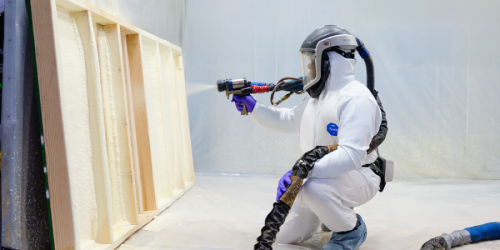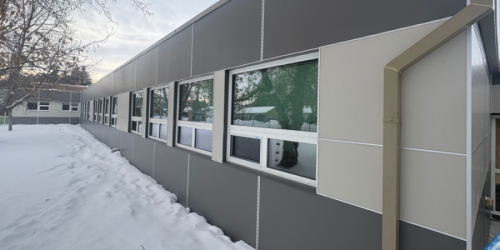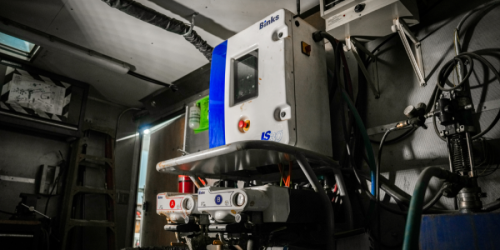Q&A Forums
dew point/frost point calculation Post New Topic | Post Reply
| Author | Comments |
|---|---|
|
jeff henderson
Posted: Apr 05, 2008 02:06 PM
|
dew point/frost point calculation
I was trying to model a cathedral ceiling for the frost point and dew point - also trying to make the homeowner confident that mould will not be a problem in their unvented ceiling.I have set up an excel spreadhseet ot determine the temperature throught the proposed roof structures (based on interiour and exteriour temperatures)...but....I am a bit stumped as to how to handle the relative humidity throughtout the structure. So my question is, how do you determine the dewpoint in a 6 inch cavity filled with foam when the interiour RH is 'X' and the exteriour RH is 'Y'? |
|
mason
Posted: Apr 08, 2008 04:13 PM
|
Go to sprayfoam.org and download technical document AY 118 Moisture Vapor Transmission. It contains a pychrometric chart that does calculations for you. I would use 60% as the maximum humidity expected in the house. Typically in the winter it would be a lot less. |
|
Mac Sheldon
Posted: Apr 10, 2008 11:52 AM
|
I suggest using the 2007 supplement to the 2006 IRC as the guide to the thickness of insulation required to assure condensation control. The new code offers a prescriptive chart based on climate zone, replacing the formula that was required in the 2006 IRC. If you're looking for a comprehensive hygrothermic model to predict the flow of both heat and water vapor through the SPF on a seasonal basis, I'd suggest a WUFI study. Your chemical supplier should be able to help you with this. Very generally, the dew point will occur about 1/3 of the R-Value through the insulation mass. In a 6" wall it would be about 2" in from the exterior surface in a cold climate. Now the question is how much water vapor could diffuse to that point and condense? Diffusion is a relatively weak force, and in the lower 48 there is a seasonal reverse of vapor drive in most climate zones, so no foam products (open or closed cell) tend to saturate unless interior humidity is extreme. I've run dozens of models, I've read papers from leading building scientists and I've measured and monitored structures in climate zones 4c, 5, 6 and 7, and have yet to see moisture accumulations in either open or closed cell foam when indoor humidity is controlled to a reasonable level. I'm convinced that any house that we would tighten to the point possible with spray foam should have a properly engineered (not rocket science) ventilation system that accounts for indoor humidity. A good ventilation system in the north is as important as cooling systems sized for adequate latent heat removal in a hot-humid climate. I'd say don't stress over where the dew point will occur, rather control the vapor pressure differential by controlling indoor humidity. My experience is that 30-40% RH is both comfortable and prevents vapor diffusion issues in both the foam insulation and the framing materials of the structure. |
|
mason
Posted: Apr 13, 2008 08:39 PM
|
Mac, Building scientists that I know recommend the following minimium thickness of closed cell SPF in cold climates to prevent condensation. Mark Bomberg; 50 mm SPF Joe Lstiburek: R 4 to R 12 depending on the climate zone Neal Ganser: 3 inches in the colder zones of the US. I recommend a WUFIT or HAM study to estimate the right design for your area. |





























